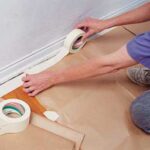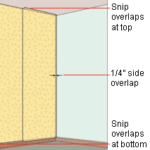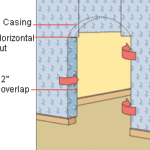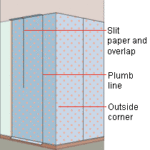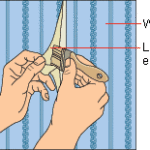This expert buying guide is all about wallpaper, covering the different types of wallpaper and how to choose the one that best fits your aesthetic.
Think about the effect you want your wallpaper to achieve before you head over to the home store.
You don’t necessarily have to paper the entire room with one pattern—think about using two coordinating papers, papering one accent wall, or adding a chair rail or ceiling border to your design.
Once you’ve decided how you’re going to use wallpaper, there are a few helpful things to take with you to the store. If you can, bring samples of carpeting and upholstery. A photo of the room and a scale drawing can also help you imagine how a color, pattern, or texture will look. After you’ve made a decision, take a sample home and tack it up on a wall so you can see how it looks in different light during the day and evening.
How to Choose Wallpaper
What a wallcovering is made out of translates into how well it will hold up, how easy it will be to maintain, how easy it will be to hang and subsequently remove, and, of course, how much it will cost. When shopping for wallpaper, consider the qualities of each kind of material as it pertains to the room you have in mind; also ask about the various manufacturer guarantees.
Types of Wallpaper
Here’s a look at the various types of wallpaper and wall coverings available:
Vinyl Wallpaper
Made of vinyl film over a flexible fabric or paper backing, vinyl wallpaper is the most popular type on the market due to its durability and ease of care.
The strongest is vinyl backed with fabric. It is able to be washed and perhaps even scrubbed, resists moisture, and is easily removed without leaving paste residue on the wall. It usually comes unpasted.
The most lightweight vinyl wallpaper is backed with paper. The expanded vinyl version is perfect for walls that are not smooth as it often mimics surfaces that are not smooth such as plaster, granite, faux paint finishes, or grass cloth. Paper-backed vinyl usually comes pasted.
The finest wallpaper in the category is paper that has been coated with a veneer of vinyl. The thinness of the vinyl layer makes it only suitable for walls that are extremely smooth and areas that are not highly trafficked because it tears and stains more easily than other papers with a higher content of vinyl.
Textile Wallpaper
Available in an array of textures and hues that range from a casual look to a formal statement, these wallcoverings are usually made of such natural fibers as linen or cotton but may also be made of polyester. Grass cloth is the favorite in this category, though hemp, which has thinner fibers, is easier to hang. Textile wallpapers most commonly have a paper backing.
Hand-Screened Wallpaper
This is a relatively expensive option because this paper’s vivid colors are each applied separately with different handmade silk screens rather than being machine-printed. Some machine-printed papers, which are less expensive, emulate the hand-screened variety.
Hanging hand-screened wallpaper often requires greater finesse in application since patterns are not as uniform as on machine-printed papers. In addition, inquire whether the dyes used in manufacture are water soluble or not. If they are, great attention must be paid to keep the surface paste- and water-free, making the paper a poor choice for any room, such as a kitchen or bath, that experiences fluctuations in moisture levels.
Paper Wallpaper
Wallcoverings with no other content such as vinyl or fiber should not be used anywhere because they tear easily.
Foiled & Flocked Wallpaper
These elegant papers look more like fancy fabrics such as damask or cut velvet and are most effective in powder rooms or other dark spaces that could use some brightening up. Hanging them can be tricky as they wrinkle easily, making them only suitable for walls that are perfectly smooth.



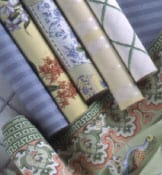
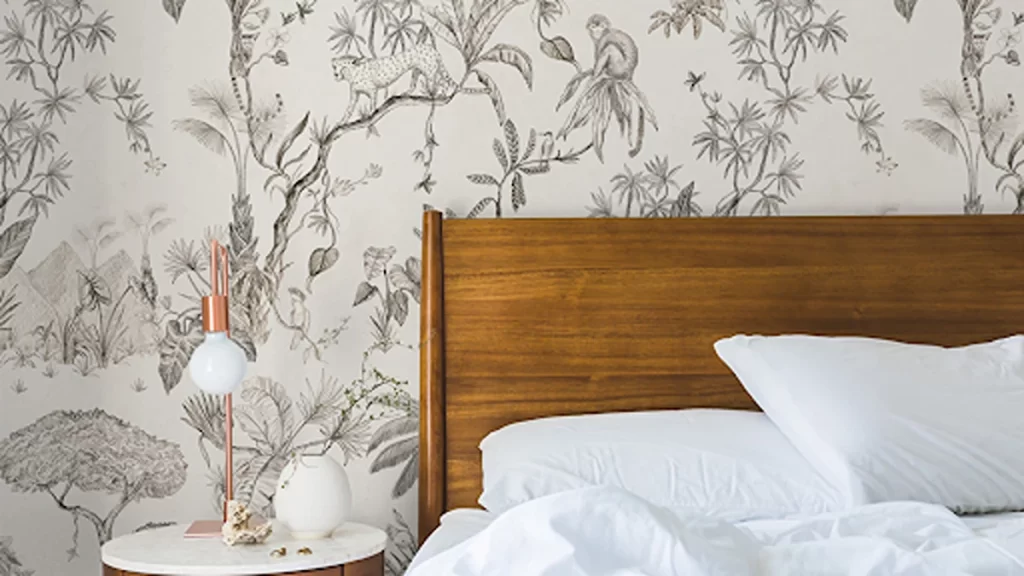
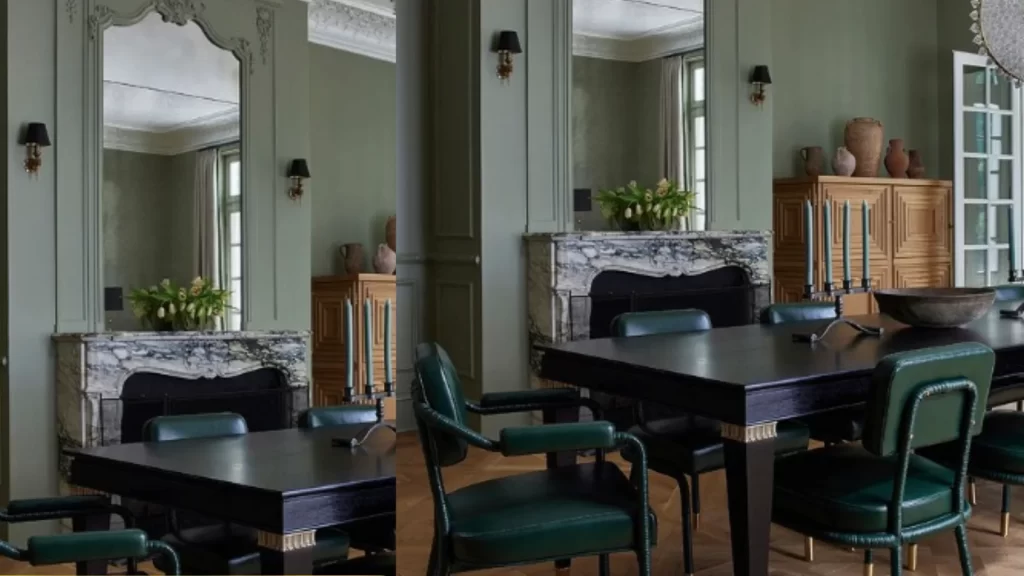
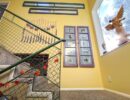
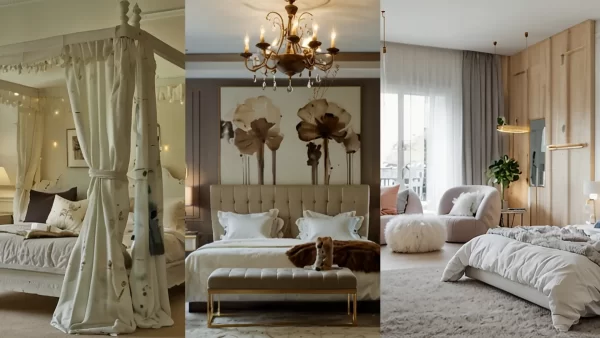
 Don Vandervort writes or edits every article at HomeTips. Don has:
Don Vandervort writes or edits every article at HomeTips. Don has:
